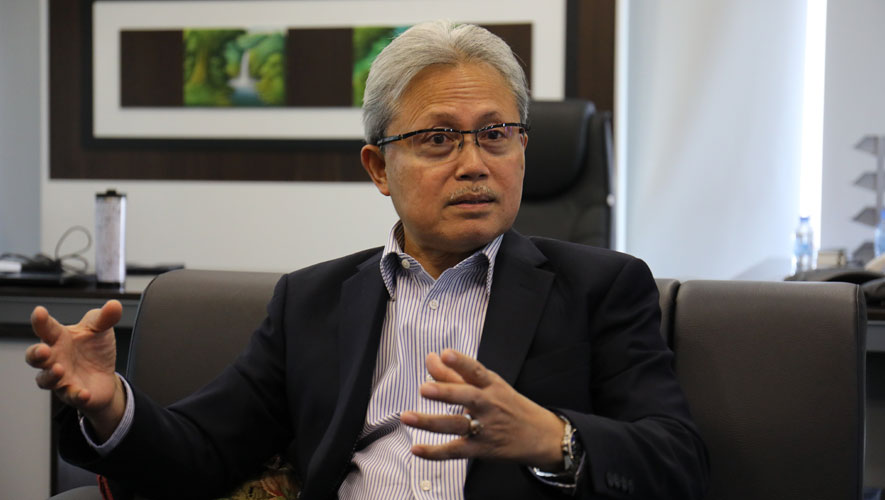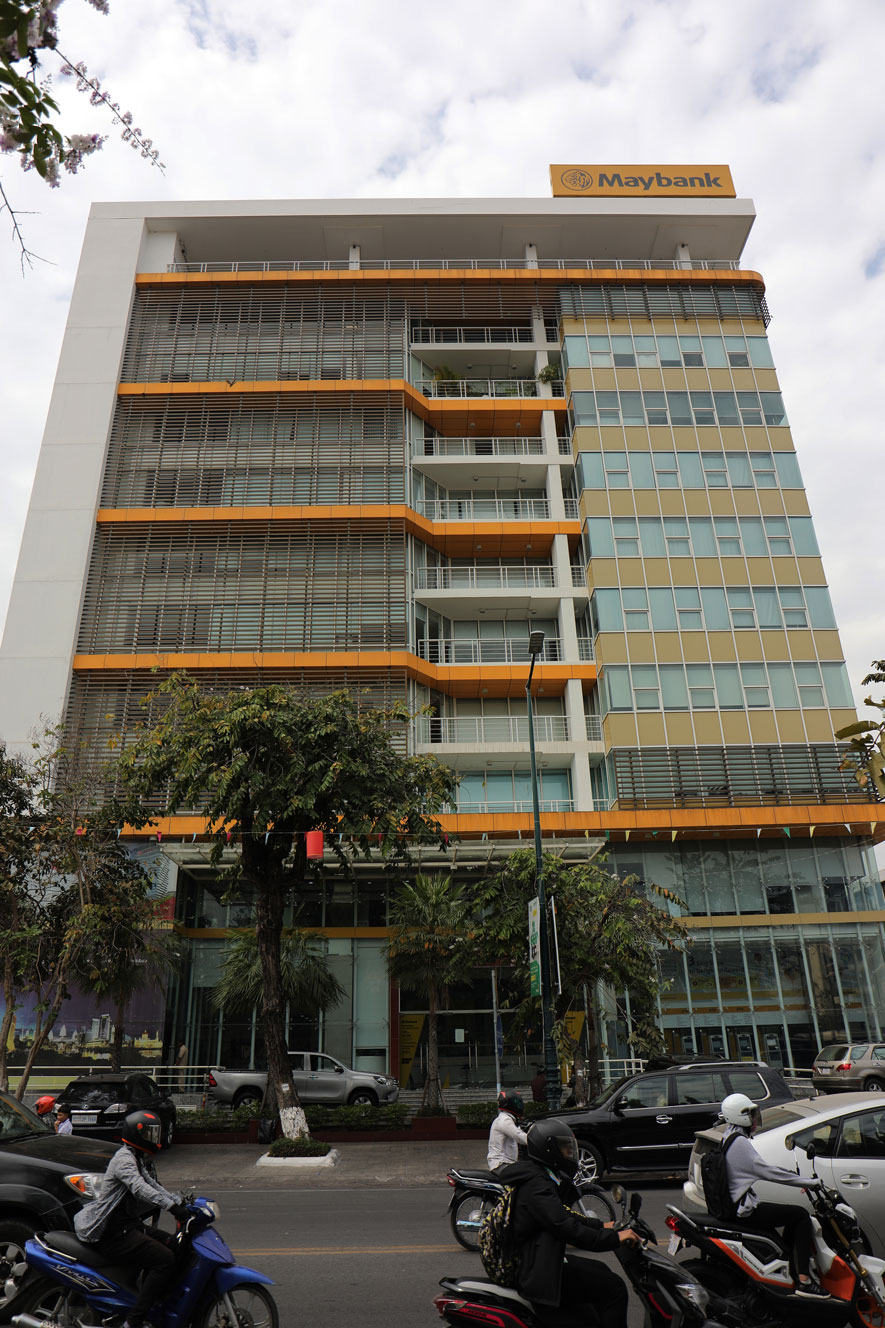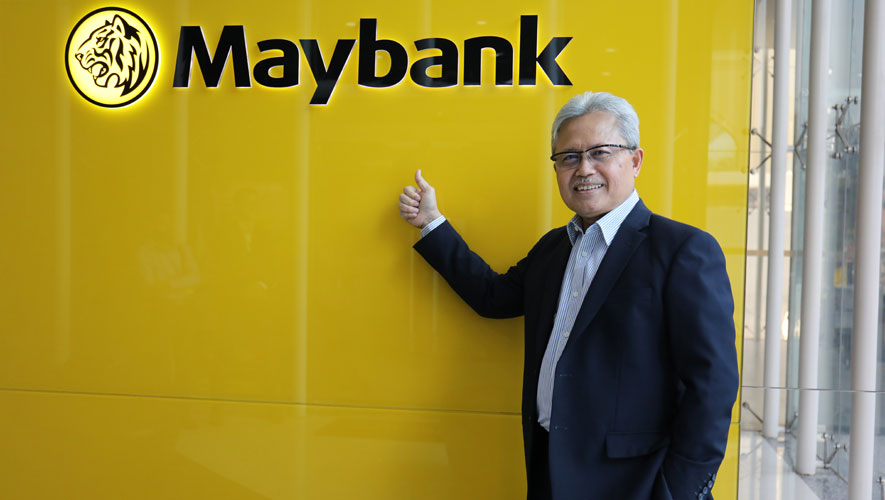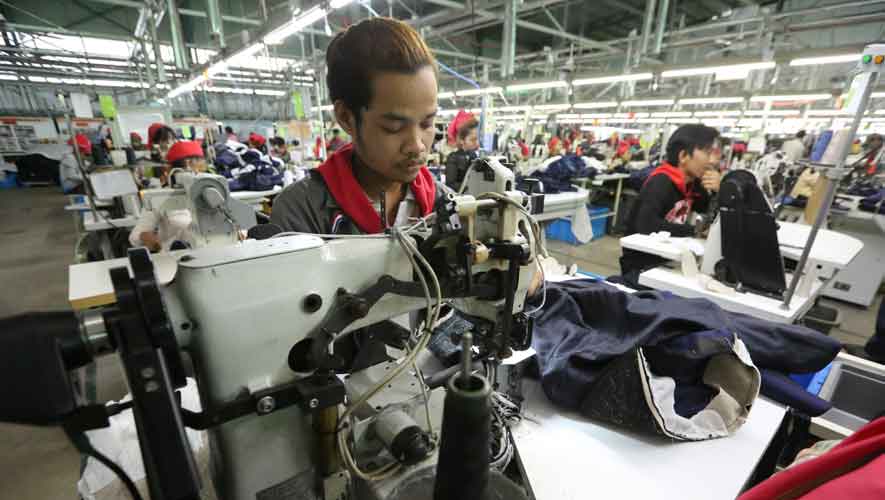The foreign bank is charting its growth for the next 25 years on the back of an expanding middle income segment
For the latest Cambodian Business news, visit Khmer Times Business
The middle class group, which falls under the small and medium enterprise (SME) segment, promises to drive Maybank (Cambodia) Plc’s revenue into the future, says chief executive officer Mohd Hanif Suadi.
“The social income class would keep economic growth on a sustainable basis. We feel by empowering this group, it can become a real economic force in Cambodia,” he tells Capital Cambodia.
This is supported by the government’s aim of becoming a higher middle income nation by 2050, having achieved a lower middle income target.

The SME loan segment is tailored to facilitate businesses, manage balance sheets, and financials.
“We include financial planning and documentation, cash flow management and product development. We continuously explore innovative and humanised ways to help small businesses. We let them gain access to financing, and embrace business transformations by building long-term partnerships that allow us to grow together,” Hanif says.
The bank also looks at developing its business and strategies that include marketing and finding markets for SMEs wherever possible via its international network of banks and clients.
Maybank’s vision is to fulfill its customers’ ambitions by building trust in relationships that survive through thick and thick.
“We don’t see many banks going into the space we are going into. We are a small bank. So, it is really about building relationships with small businesses. They will eventually grow. The idea for us is to grow with them from the time they are small. Businesses appreciate banks that support them from the initial stage of entrepreneurship,” Hanif says.
Often, SMEs face difficulty in obtaining financing due to lack of knowledge and financial literacy.
“Cambodia is like Malaysia many years ago. (To raise awareness) we have specific programs for SMEs such as financial literacy. We engage with SMEs through our programs called `pocket talks’ or `coffee shop talk’,” he says.
The bank meets potential clients at their places of business where they are taught basic skills including how to keep financial records.
The human touch enables it to understand clients and their finances better.
“Credit is about validity. What you tell me I will validate. If you tell us you want a $100,000 loan. How do we validate? We do it by looking at properties or assets and see how those assets can be translated into cash flow,” Hanif explains.
Maybank is a subsidiary of Kuala Lumpur-listed Malayan Banking Bhd, one of the largest banking groups in Malaysia which posted a 7.17 percent rise in net profit at $2.05 billion for the financial year ended December 31, 2018 from $1.92 billion in 2017 due to higher net operating income and better cost management. Net interest income slipped marginally to $2.97 billion compared to $2.99 billion a year ago.
All eyes on SME
Despite stiff competition in banking scene here, Maybank plans to maintain focus on the SME sector. It finds that although Cambodia has a small population, it is a young population that is hungry for growth.

“We do not wish to expand from a market share perspective. Our market share is small but we feel that enabling SMEs is about how we help communities grow. Of course, along the way, I am able to provide some returns to my shareholders. Therefore, there will always be an opportunity,” he adds.
Maybank’s loans and advances stood around $550 million early 2018 but rose about nine percent to close the fiscal year at $600 million. Nearly half the loan portfolio is made up of SMEs and housing loans while the other half is commercial loans. Its loan-to-deposit ratio is 70 percent.
For the fiscal year 2018, Cambodia recorded a 26.5 percent year-on-year increase on net operating income, fuelled by a robust growth in retail SME loan and deposits (current account and savings account).
The bank is also striving to meet National Bank of Cambodia’s requirement for banks to have 10 percent loan denomination in riel by December 31, 2019 by encouraging SME clients to take up loans in the local currency.
In the past, its clients thought the bank was not in the market for riel loans but Hanif says it is seeing a gradual increase in awareness among them.
“We only got into a state of readiness in the last quarter of 2018 but we expect to hit three percent in the second quarter of this year. We don’t want to wait to see what the penalty would be, so we will take a certain position (in fulfilling the quota),” Hanif says.
Although the clock is ticking, resulting in some pressure on Maybank’s part to fulfill NBC’s requirement, the bank is working subtly on customers.

“Whether it is mandatory or not, when our clients take out a $200,000 loan, they should take up $20,000 (or 10 percent) in riel.However, we rather have a conversation with them. It is one thing for us to comply with the directive but we want to do it in a way that doesn’t stress our customers,” he adds.
Exploring revenue options
The future is not about giving loans to earn interest income. Instead, it is about providing services.
Hanif says this is the reason Maybank continues exploring alternative revenues such as payment services.
“However, we need to keep a close watch on our cost structure to ensure that our resources and ability are highly productive,” he adds.
Plans forward
Maybank started in Cambodia 25 years ago, Hanif says, adding that it wants to be around for another 25 years.
At the same time, it also wants to make a difference by helping the country grow.
“The strength of any economy is in the SMEs. These are important family businesses which have invested a lot. All they want to do is grow the business and be successful, and we want to be there. To me, that’s my philosophy which is building a community,” he adds.
As such, Maybank stresses that it is not just about returns to the shareholders but also returns on its own internal talent. Through this, the bank continues to play a role in society by also developing a talented workforce for Cambodia’s economy.




